In the bustling environment of a commercial kitchen, the right tools can make all the difference.
SHINELONG-A leading supplier of turn-key solutions in the hospitality and catering since 2008.
What to look for when buying kitchen knives ?
In the bustling environment of a commercial kitchen, the right tools can make all the difference. Among these, knives play a pivotal role, allowing chefs to perform their tasks efficiently and effectively. This article explores the various types of knives used in commercial kitchens, their characteristics, suitable applications, and the advantages and disadvantages of different materials.
Types of Commercial Kitchen Knives
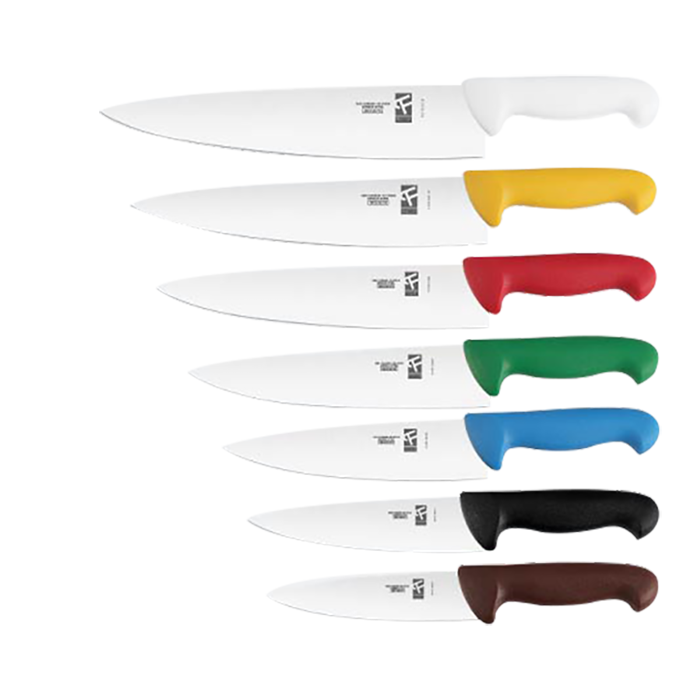
The chef's knife is the workhorse of the kitchen.
Typically measuring between 8 to 12 inches, it features a broad blade that tapers to a point, making it ideal for chopping, slicing, and dicing.
This knife is essential in restaurants, hotels, and catering services, where diverse food preparation tasks are routine.
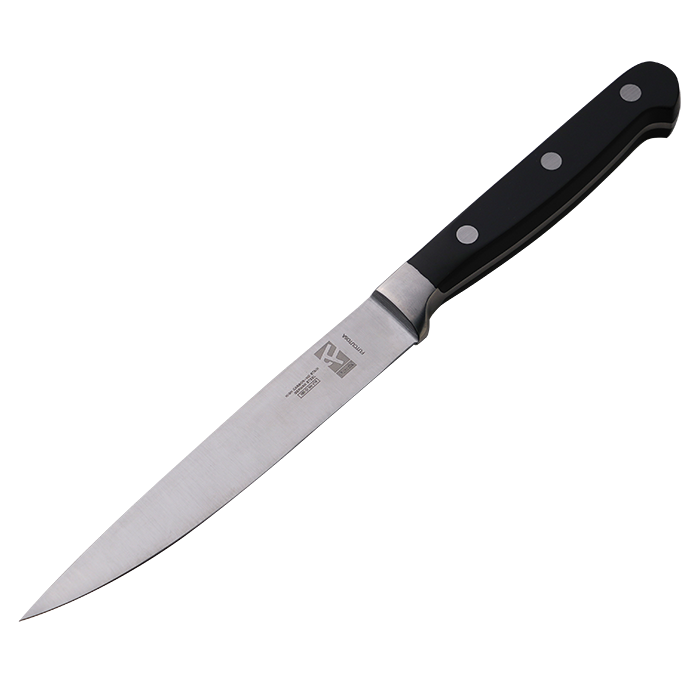
This small knife, with a blade typically around 3 to 4 inches, is designed for intricate tasks like peeling, trimming, and detailed work on fruits and vegetables.
Its precision makes it invaluable in fine-dining establishments and bakeries, where presentation is crucial.
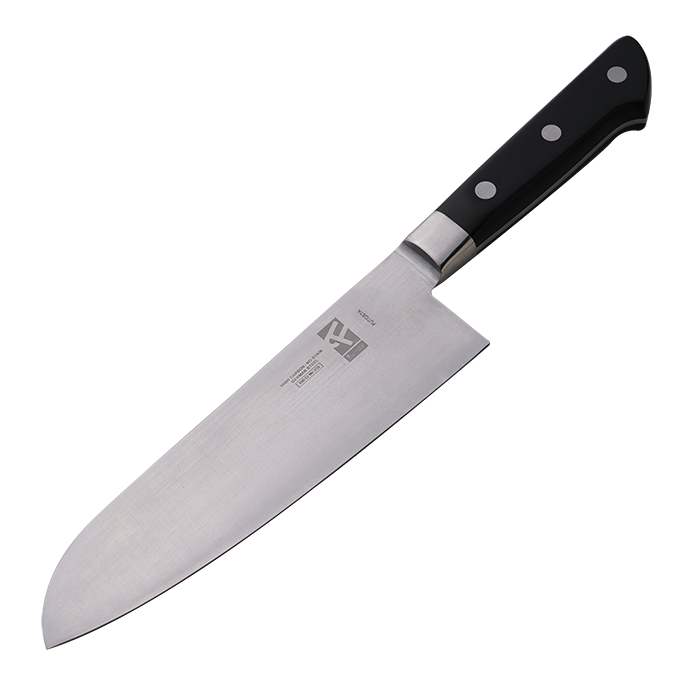
Featuring a thin, flexible blade, the boning knife excels at separating meat from the bone.
Its ability to maneuver around joints and bones makes it indispensable in butcher shops, seafood restaurants, and any kitchen that prepares meat from scratch.
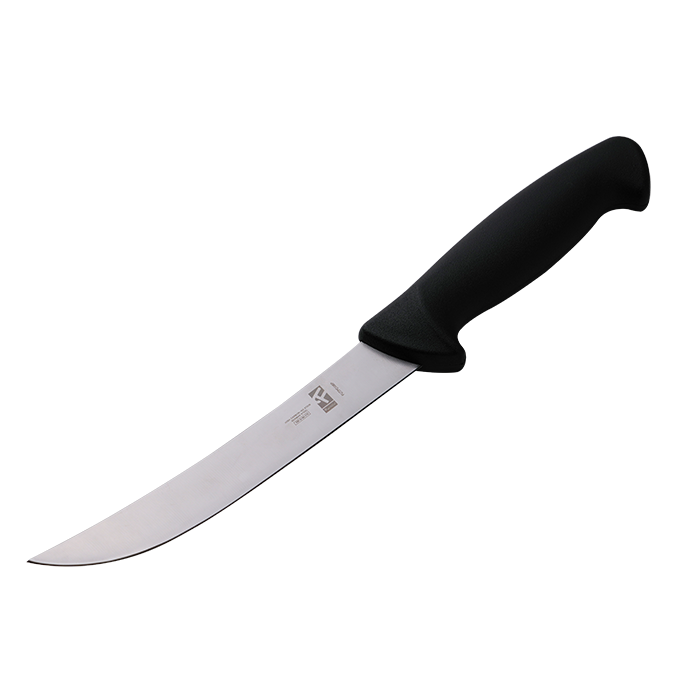
Similar to the boning knife but typically more flexible and longer, the fillet knife is specialized for filleting fish.
It allows chefs to make clean cuts and remove skin efficiently, making it a staple in seafood restaurants.
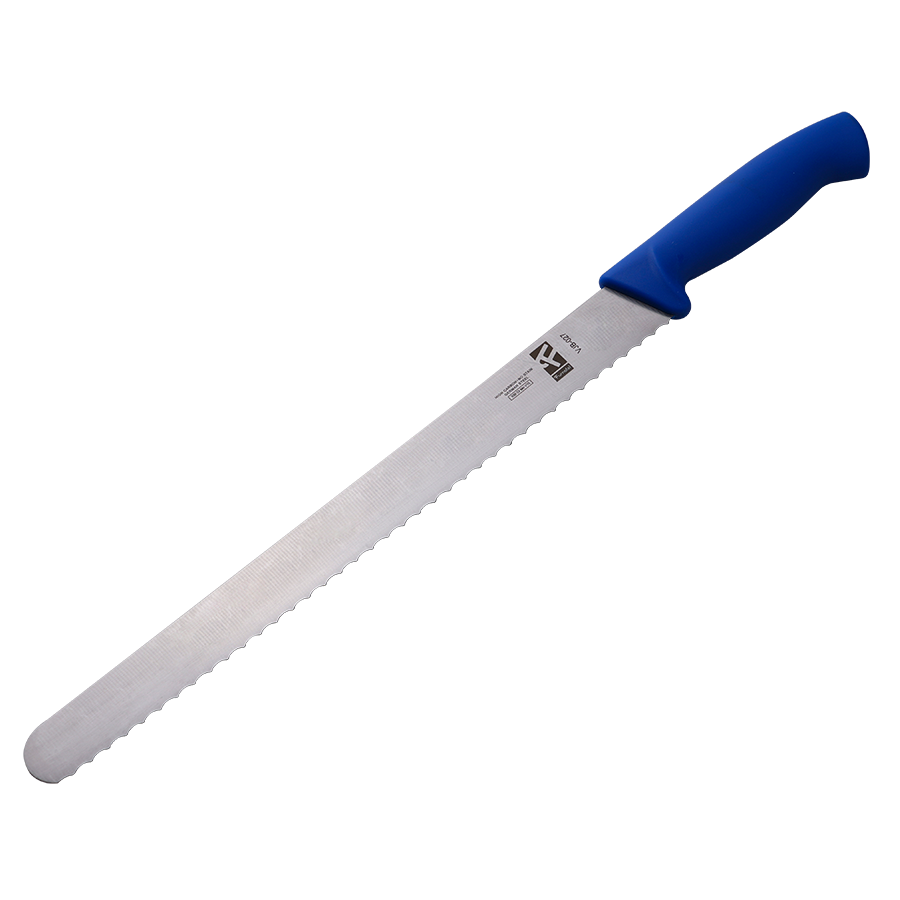
A bakery knife is a specialized tool designed for various tasks in baking and pastry preparation. It typically features a long, serrated blade that allows for precise cutting of soft bread, cakes, and pastries without crushing them.
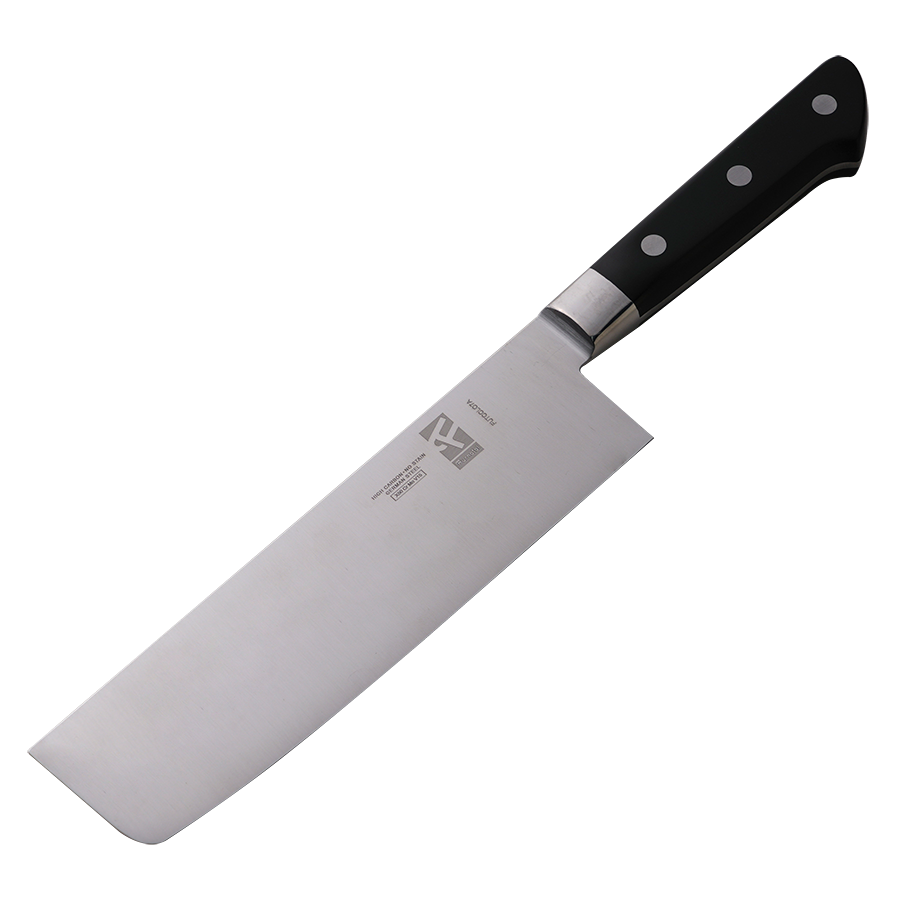
A heavy knife with a broad blade, the cleaver is used for chopping through bones and dense cuts of meat. It’s a common tool in Asian kitchens and butcher shops, where tougher cuts are prevalent.
Characteristics of Commercial Kitchen Knives
Material: Knives can be made from various materials, including stainless steel, carbon steel, and ceramic. Each material affects the knife’s sharpness, durability, and maintenance needs.
Weight and Balance: A well-balanced knife allows for better control and reduces fatigue during extended use. The weight should feel comfortable in the user's hand, catering to their personal preference.
Handle Design: Ergonomic handles provide a comfortable grip, reducing the risk of slips and enhancing precision during cutting tasks.
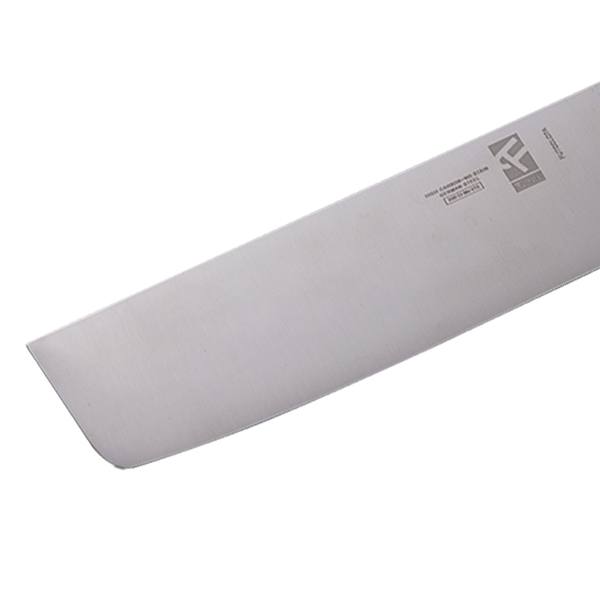
Advantages: Rust-resistant, durable, and easy to maintain.
Disadvantages: May require more frequent sharpening compared to carbon steel.
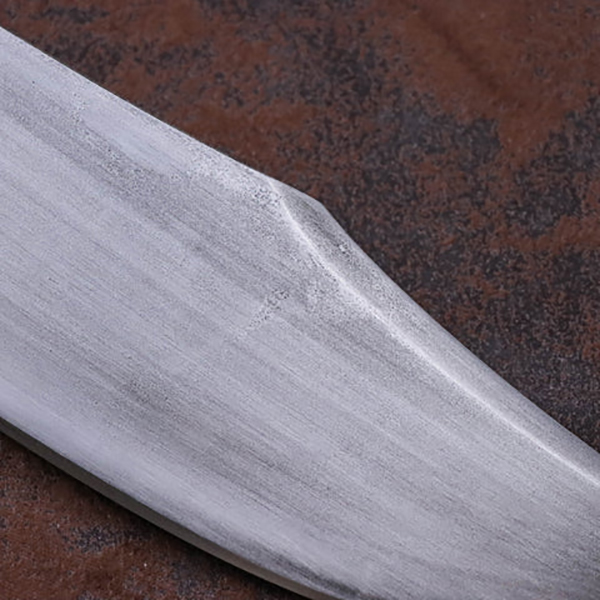
Advantages: Holds a sharper edge longer and can be easier to sharpen.
Disadvantages: Prone to rust and staining if not properly cared for.
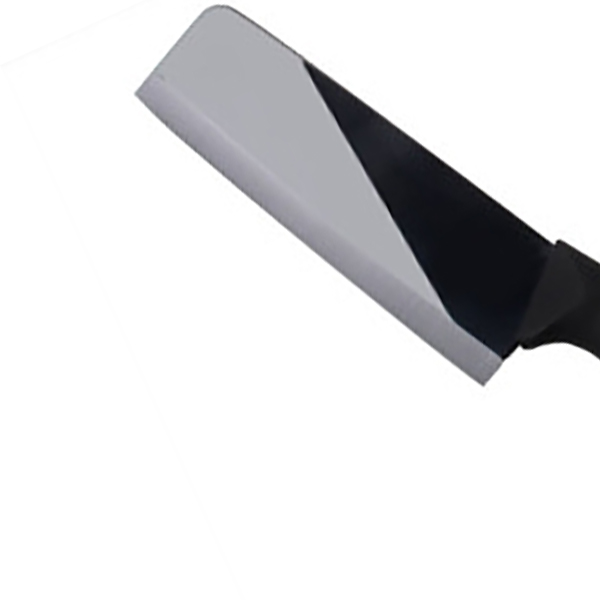
Advantages: Extremely sharp, lightweight, and resistant to rust.
Disadvantages: Brittle and can chip easily; not suitable for heavy-duty tasks.
Choosing the right knives for a commercial kitchen is crucial for efficiency, safety, and quality in food preparation. By understanding the various types of knives, their characteristics, and material advantages and disadvantages, kitchen professionals can make informed decisions that enhance their culinary operations.

Since Shinelong was established in Guangzhou in 2008, we have made great strides in the fields of commercial kitchen planning and kitchen equipment manufacturing.
IF YOU HAVE ANY QUESTION,PLEASE CONTACT US.
WhatsApp: +8618902337180
WeChat: +8618924185248
Telephone: +8618924185248
Fax: +86 20 34709972
Email: info@chinashinelong.com
After-Sales Contact
Telephone: +8618998818517
Email: service@chinashinelong.com
Add: No. 1 Headquarters Center, Tian An Hi-tech Ecological Park, Panyu Avenue, Guangzhou, China.


















